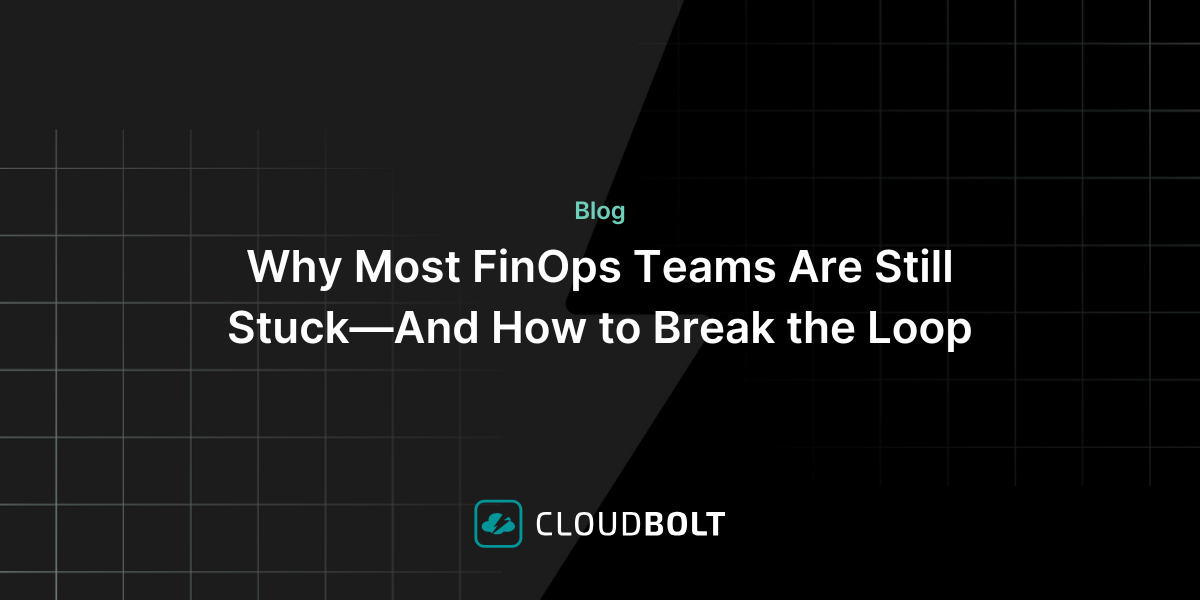Standardization: The Missing Key to Cloud Security
Despite companies spending billions on cloud security each year, cyberattacks and data breaches continue to rise. Companies invest in security monitoring tools to solve their security challenges. Even still, failure to integrate security and compliance requirements at the deployment stage increases vulnerability and leaves security teams with the impossible task of cleaning up the aftermath. While there’s no magic solution, many companies overlook the importance of deployment standardization in reducing the attack surface proactively.
The Growing Problem
Securing your environment isn’t rocket science. With proper planning and the right tools, companies can mitigate most attack avenues. The key is to take a proactive stance and place less emphasis on traditional “seek and find” methodologies. However, this balance becomes harder to achieve as a company grows. Setting up the correct security standards and procedures is feasible in a small environment, but as a company expands, it faces more employees, disparate teams, clouds, and tools to manage. The more complex the technology landscape becomes, the harder it is to ensure that every employee is compliant and every workload adheres to necessary guidelines. Each team that sets up its own instances, VMs, and tools can become an attack vector, making the attack surface grow and increasingly challenging to manage at scale.
Integrating End-to-End Standardization
Consider your company. How well do you know your company’s security policies and settings? Do all your developers know? What about your IT team or end-users? Establishing standards and guidelines is just the first step toward a better security posture. The best way to ensure compliance is to keep security out of the hands of users and build automatic guardrails whenever possible.
Here are three simple steps to creating a more secure and standardized cloud security posture:
- Establish Approved Deployment Patterns – The success of security operations lies in the definition (or lack thereof). Even mature companies struggle with tooling and process islands. Standard compliance auditing for in-place workloads is beneficial but not sufficient on its own. It’s essential to ensure that enterprise architecture teams (or similar) define and require approved deployment patterns that factor in cross-functional technology requirements, especially security-related ones. Companies that do this well have clearly established definitions and standards and maintain processes and gates to ensure that only workloads that meet all the criteria make it into production. However, this is easier said than done, as patterns are only as good as their adoption.
- Leverage Automation to Ensure Compliance – The best governance must be implicit, happening automatically as part of the process. With the right tool, you can automate most of the deployment process using approved build architectures, making the delivery of cloud resources (VMs, workloads, XaaS, etc.) easily repeatable, and controllable. For example, CloudBolt blueprints allow you to build guardrails that keep each deployment secure while giving teams the necessary flexibility. Instead of relying on each user to know every setting and follow every protocol, security can be built into each blueprint, guaranteeing adherence to standards. No more depending on individual teams or users to be security experts to deploy resources.
- Know What’s in Your Environment – You can’t protect what you don’t know. While centralizing the deployment process reduces the number of unknown resources, it’s crucial to have total visibility of your technology landscape. While public clouds all have their approaches to this, oversight of complex hybrid cloud estates is tricky. Luckily, there are plenty of options on the market to help track all details of your cloud configuration. With the right choice in place, your team can better:
-
- Detect Anomalies: With complete visibility, it’s easier to identify deviations from established security standards and take action to resolve them.
- Monitor Compliance: Organizations can use the centralized dashboard to monitor their cloud environment for compliance with security controls, policies, regulations, and industry standards.
- Manage Threats: A complete overview of the cloud environment helps organizations detect and respond to potential threats more efficiently, minimizing the impact of security incidents.
By having the proper visibility, you can proactively address any issues that may arise instead of just reacting to emergencies.
Key Takeaways
As businesses become increasingly vulnerable to cyberattacks, standardization is crucial in securing a company’s cloud environment. A comprehensive approach to security includes establishing approved deployment patterns, utilizing automation, and having a centralized visibility approach. Companies that achieve this can reduce the attack surface, improve compliance with security standards, and maintain a secure cloud environment.
Related Blogs

What We Learned at FinOps X 2025: From Dashboards to Decisions
At FinOps X 2025, one message echoed across sessions and conversations: FinOps is growing up. The scope is expanding. The…

